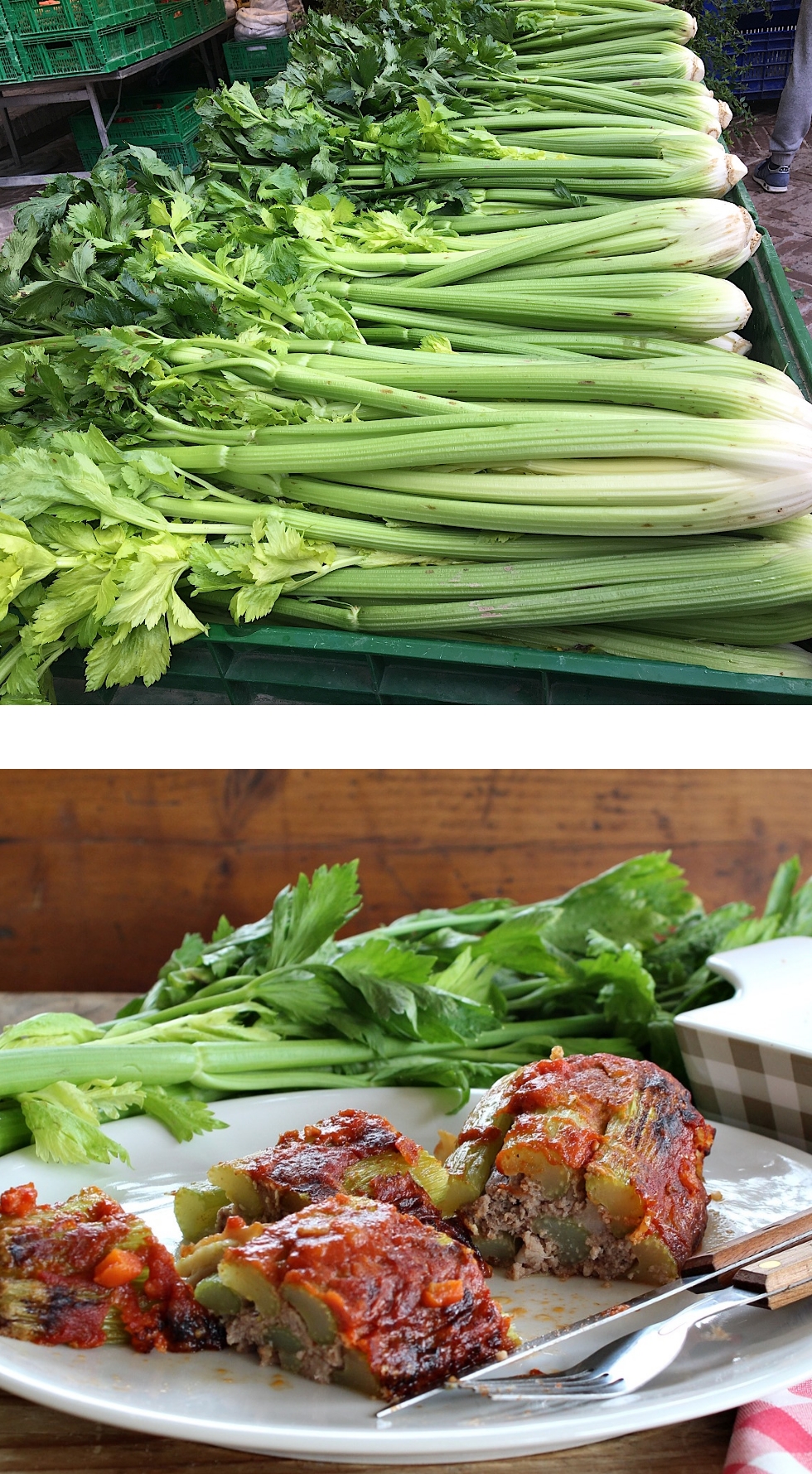Black Celery of Trevi PGI - Slow Food Presidium

According to tradition, black celery is sown on Good Friday and is allowed to germinate until the stem reaches thirty centimeters in height. Subsequently, progressive topping up is carried out manually in order to obtain wide ribs and allow whitening for the beginning of autumn.
Until a few decades ago, Trevi black celery enjoyed great fame, but today there are few left to grow it in the gardens near the Clitunno river.
The lands particularly suited to this cultivation are close to the Clitunno Springs celebrated by Carducci, Byron and Goethe who considered them an essential stop on the Grand Tour. They are still called canapine today because, in the past, they were also used for the cultivation of hemp. In past centuries, black celery was supplied as food to passengers on ships sailing from Genoa, Livorno and Naples to the Americas at the time of the Papal State, because in addition to being an excellent second course, it was kept for a long time.
The peculiarities of black celery are its length, which is longer than other varieties – so much so that it can measure up to one meter – its dark green ribs, the fact that it is completely free of threads and very fragrant. If left to grow without special processing it is dark and only if it is buried it takes on a lighter colour: a celery with white ribs, free of threads, with a tender and pulpy heart. The operations carried out to obtain the “Trevi black” are rigorous and have remained unchanged for centuries: sowing takes place in April during the waning moon. Traditionally it took place on Good Friday because, according to local growers, the vegetables sown in this period grow more rapidly and delay flowering and even today many farmers respect this indication. The farmers of Trevi are extremely jealous of their seeds and each reproduces their own after having taken them each season from the best plants.
In mid-October the celery is ready to be harvested and is mainly sold on local markets. The particularly intense flavor of Trevi black celery is enhanced in Trevi cuisine: the classic pinzimonio, black celery parmigiana, stuffed celery, a rich recipe which in the combination of vegetables, sausage and extra virgin olive oil well summarizes the originality and common thread of the gastronomy of this area: the complicit encounter between the civilization of lard and the culture of oil.
The harvest takes place starting from October and continues until November.
Producers
Emanuela Baldoni
Via Faustana, 30 – Borgo Trevi (Pg)
Tel. 335 8070823
emanuela-baldoni@libero.it
Annibale Bartolomei
Via Canapine, 6 – Borgo Trevi (Pg)
Tel. 347 6934576
annibale.bartolomei66@gmail.com
Cesare Bartolomei
Via Canapine, 6 – Borgo Trevi (Pg)
Tel. 0742 78770
Angelo Mattioli
Via Sant’ Egidio, 73 – Trevi (Pg)
Tel. 0742 78680
angelo.mattioli@pec.agritel.it
Società Agricola Tre Viae
di Spellucci Michele
Via dei Monasteri, 10 – Trevi (Pg)
Tel. 349 8590226
amministrazione@agricolatreviae.it
Referente dei produttori del Presidio Michele Spellucci
Tel. 349 8590226
amministrazione@agricolatreviae.it
Responsabile Slow Food del Presidio Monica Petronio
Tel. 348 2454025
slowfoodumbria@gmail.com









